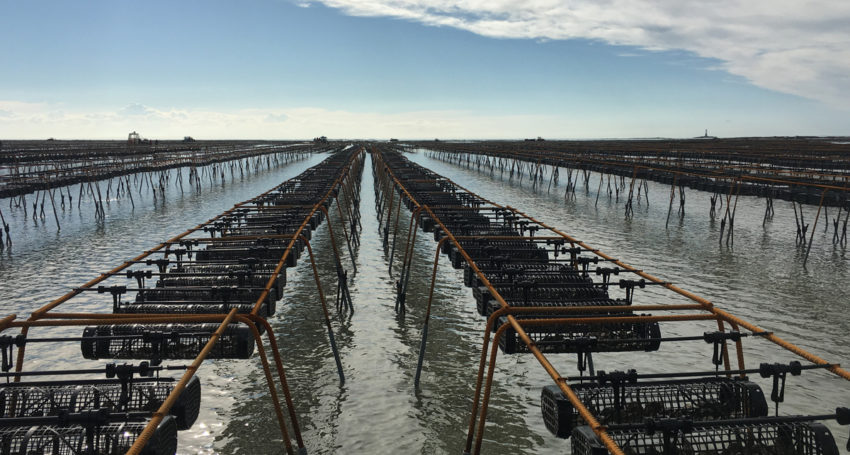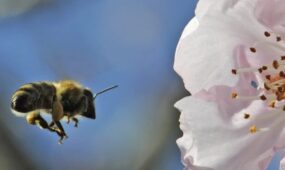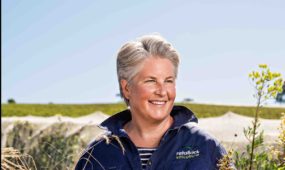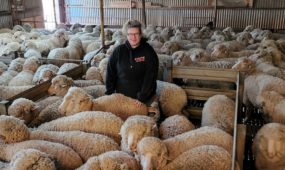Southern Australia identified as potential aquaculture hotspot
Primary Industries
Southern Australian waters and the North Sea have been identified as having the strongest potential for commercial shellfish aquaculture in a major global study.

Sign up to receive notifications about new stories in this category.
Thank you for subscribing to story notifications.

Australian marine eco-regions occupied four of the top five locations for shellfish aquaculture while the North Sea region of Europe was rated highest for both potential shellfish and seaweed production.
However, the North Sea’s high potential was partly due to the opportunity for aquaculture to address the region’s substantial nutrient pollution, wide-scale loss of shellfish reefs and significant fishing pressure.
The study, A global spatial analysis reveals where marine aquaculture can benefit nature and people, is published in the journal PLOS ONE today and is a collaboration between international conservation non-profit The Nature Conservancy, US scientific agency National Oceanic and Atmospheric Administration (NOAA) and South Australian institution the University of Adelaide.
The Australian regions identified – South Australian Gulfs, Tasmania, the Manning-Hawkesbury area on the central coast of New South Wales and Leeuwin in the southwest corner of Western Australia – are already well known for shellfish aquaculture, particularly oysters and abalone.
South Australia’s Gulf Region includes Kangaroo Island, Eyre Peninsula, St Vincent Gulf and Spencer Gulf, which is also home to Southern Bluefin Tuna and Kingfish farms. The area is known for its pristine waters and strict biosecurity controls to keep the valuable oyster industry safe.

The research, which looked at key environmental, socioeconomic and human health considerations, identified regions where governments, international development organizations and investors should prioritise new aquaculture efforts.
The commercial production of shellfish and seaweed can generate in-demand proteins and jobs while also having a net-positive effect on the surrounding environment by filtering polluted waters and providing habitat for commercially-important seafood species.
The study is the first of its kind to examine the global potential for this concept, which The Nature Conservancy refers to as “restorative aquaculture”.
“We already know that, done right, aquaculture shows tremendous promise for addressing some of our most significant food and environmental challenges,” said lead author Dr Seth Theuerkauf, Aquaculture Scientist at The Nature Conservancy.
“But, in order to maximize these benefits, we also know that location is essential – and some regions have stronger potential than others.”
Other regions highlighted for particular potential include the East China Sea, Southern California Bight, New Zealand and South America.
Based on an extensive study of spatial data, the study’s results were also informed by engaging an international aquaculture expert panel that included representation from the World Bank, NOAA and Taylor Shellfish Farms.
“The study brings together global-scale spatial datasets representing key environmental, socioeconomic, and human health considerations and provides insights into specific geographic regions where governments, international development organizations, and investors should prioritize new aquaculture efforts,” Dr Theuerkauf said.
“By encouraging progress in public policy, capacity-building, and business planning, the study team hopes to help unlock the full economic and environmental potential of restorative shellfish and seaweed aquaculture.”
A global conservation organisation, The Nature Conservancy is no stranger to South Australia’s Gulf waters. TNC is leading a shellfish reef restoration project in Gulf St Vincent, the largest reef restoration project of its kind in the Southern Hemisphere.
It consists of 150 artificial reefs spanning 20ha about 1km off the coast of Ardrossan on South Australia’s Yorke Peninsula. The reefs were sunk in 2017 and 2018 and the first 30,000 mature native oysters were seeded in January 2018.
South Australia is ramping up commercial oyster production again after a three-year program to safeguard itself against Pacific Oyster Mortality Syndrome (POMS).
The state typically produces about 5 million dozen Pacific Oysters a year and now also produces its own spat to avoid the risk of importing infected juveniles from other jurisdictions. It is also expected to soon become an exporter of spat to global markets with inquiries already received from Canadian oyster farms.
Jump to next article



